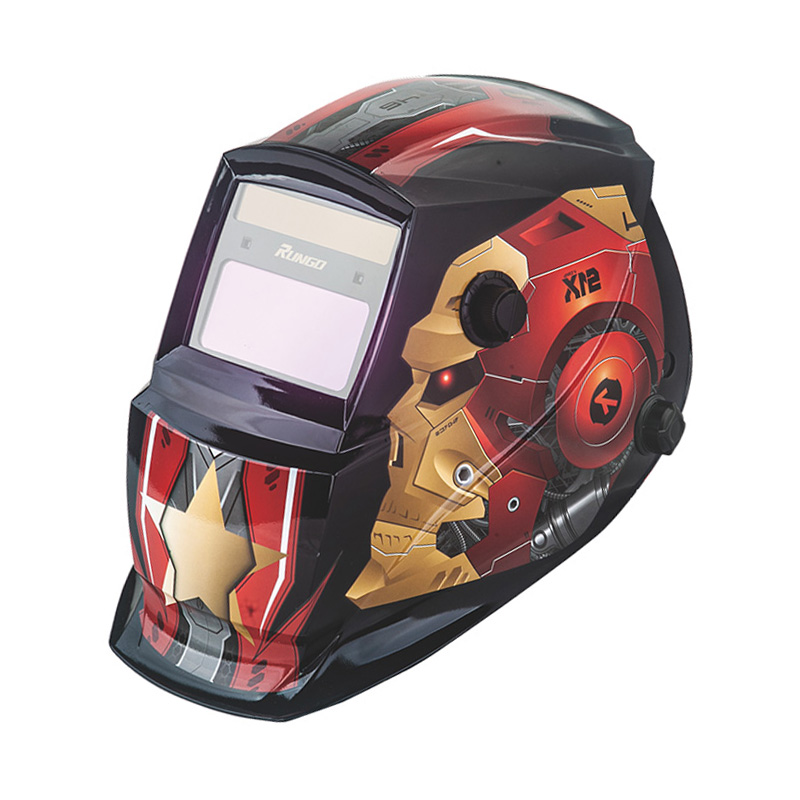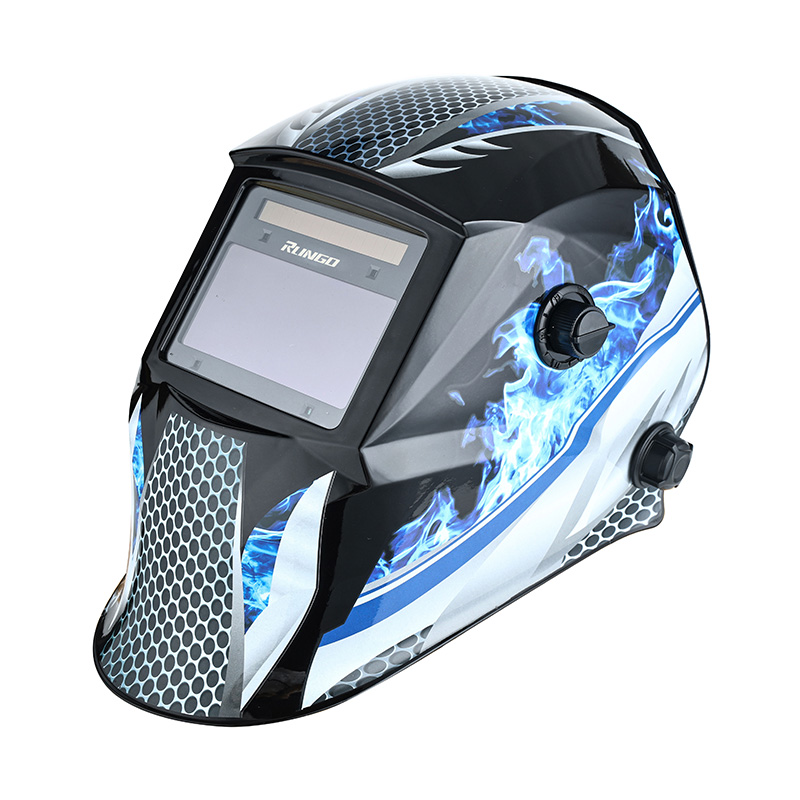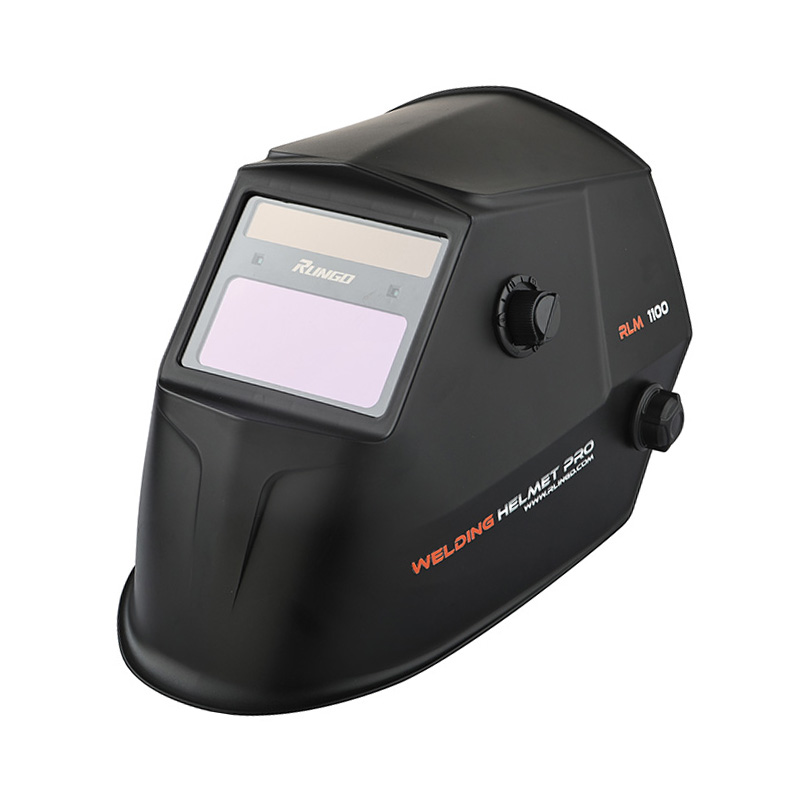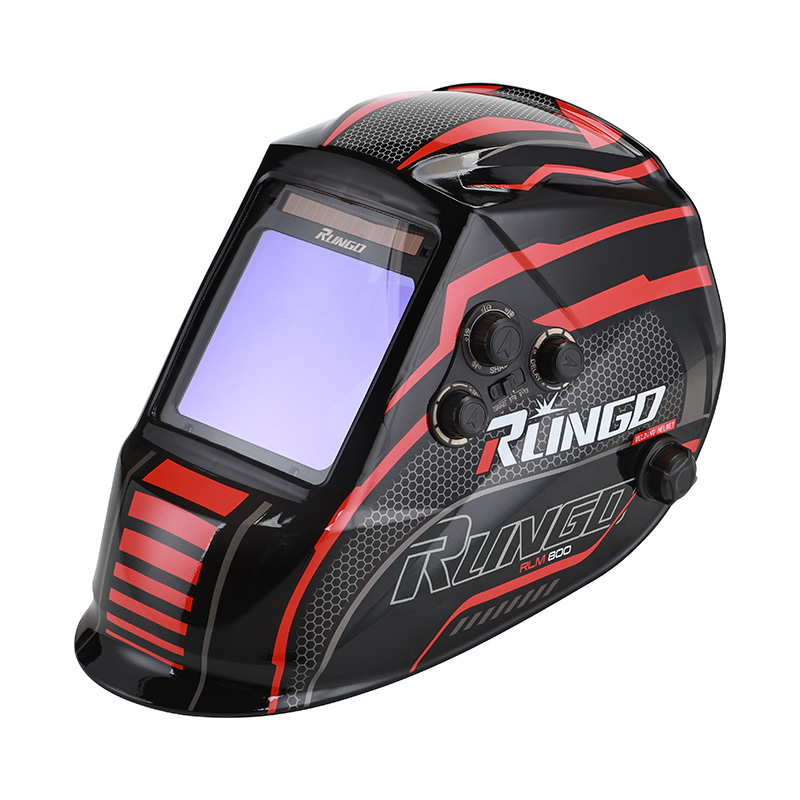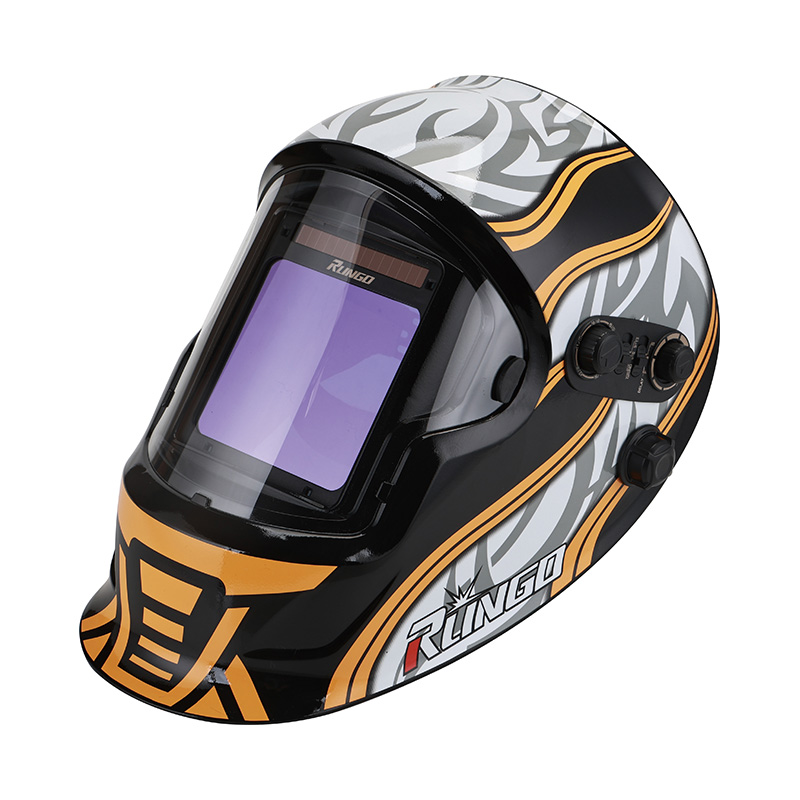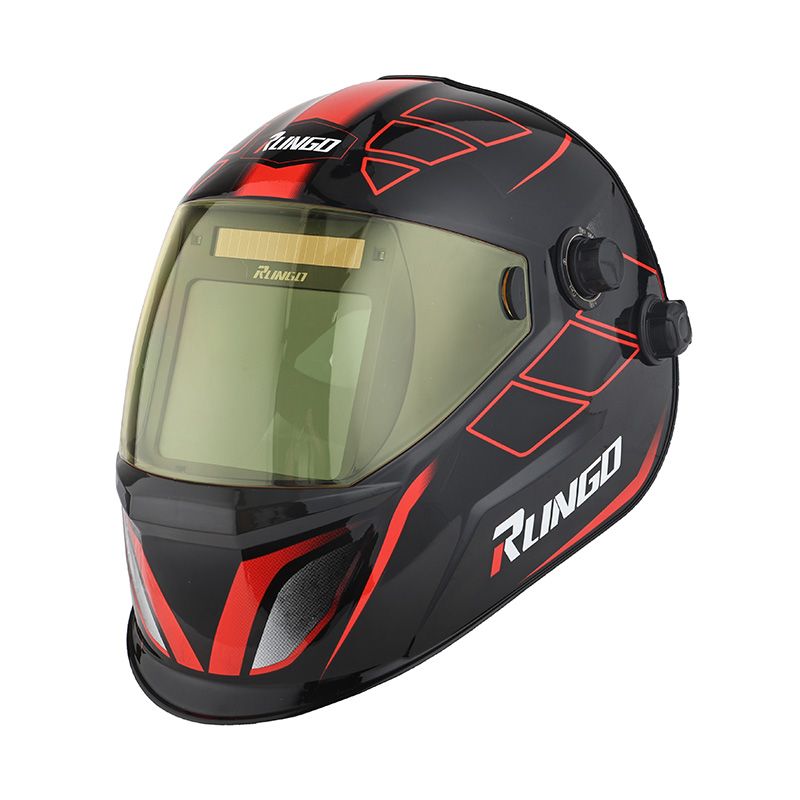Evaluating the Durability Features of Auto Lens Welding Helmet Lens Protection Systems
2025-08-26
Protective Qualities in Auto Lens Welding Helmet Lenses
An Auto Lens Welding Helmet is known for its automatic darkening capabilities, but its ability to withstand physical damage is equally crucial in ensuring long-term safety and functionality. Many of today’s models include lenses specifically designed to resist both scratching and impact, which helps maintain optical clarity and structural integrity under harsh conditions. These advanced lens coatings or materials are not just an optional luxury—they are vital for welders working in environments where debris, sparks, and accidental drops are common. While the emphasis is often placed on the helmet’s optical and electronic functions, the mechanical durability of the lens should not be overlooked when assessing overall quality and protection.
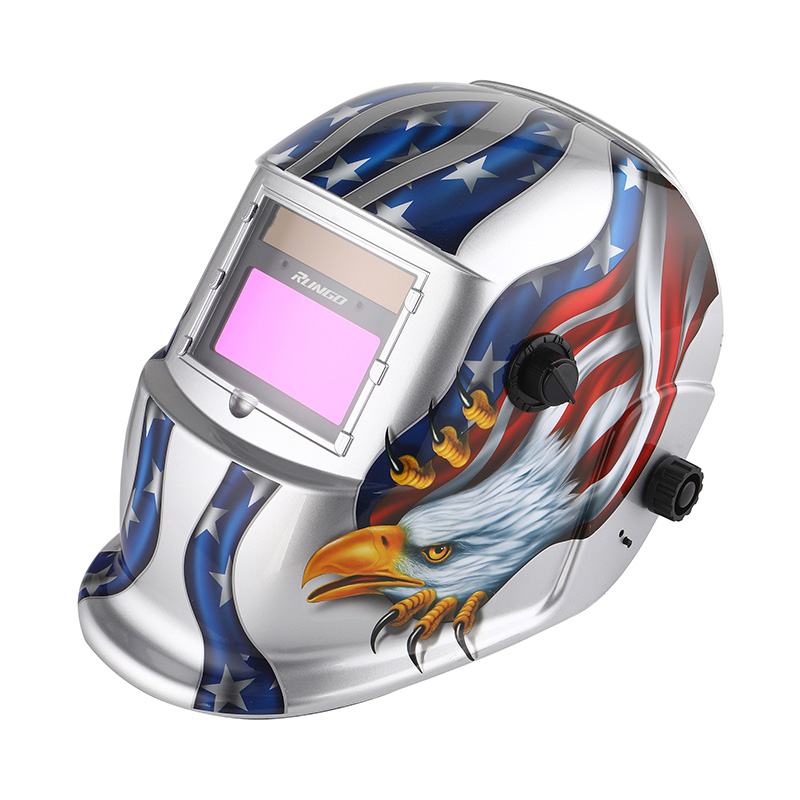
Importance of Scratch Resistance in High-Use Conditions
Welding often takes place in abrasive settings where tools, metal shards, and airborne particles can easily make contact with the helmet's surface. Without a scratch-resistant design, even minor abrasions can distort vision and reduce the clarity necessary for precise work. This becomes particularly problematic for welders who need to maintain a clear view of their workpiece at all times. Scratch-resistant coatings or materials, such as polycarbonate lenses with hard coatings, can prevent surface damage and extend the life of the lens, reducing the need for frequent replacements. These features are especially valuable for professionals using the helmet daily, where wear and tear accumulate quickly and visual accuracy is essential for quality results.
The Role of Impact Resistance in Ensuring Safety
Beyond scratches, the lens must also withstand potential impacts from falling tools, flying debris, or accidental knocks. Helmets with impact-resistant lenses meet industry safety standards such as ANSI Z87.1 or EN379, ensuring they can absorb a certain level of force without shattering or cracking. This is not only about preserving the functionality of the lens but also about protecting the welder’s face and eyes from severe injuries. In high-risk working conditions, a lens that can endure mechanical shocks can make a critical difference in personal safety. Materials like high-grade polycarbonate or reinforced composites are commonly used to ensure durability under physical stress.
Long-Term Benefits of a Durable Lens Design
A helmet with both scratch- and impact-resistant lenses offers significant long-term advantages. It reduces downtime by reducing the frequency of lens replacements. Secondly, it ensures that visual clarity remains consistent throughout the product’s lifecycle, which directly affects welding precision. Thirdly, it contributes to overall cost-efficiency, as welders won’t need to invest in new lenses or helmets as often. Lastly, these features improve user confidence, allowing welders to focus fully on their task without the distraction of worrying about lens damage. These benefits are particularly important in industrial or commercial settings, where time, safety, and performance are all interconnected.
A Key Feature in Professional Welding Gear
Many modern welding helmets are equipped with scratch- and impact-resistant lenses, making them more suitable for demanding work environments. These protective features are integral to maintaining safety and effectiveness over time. When considering the purchase of a helmet, welders should prioritize these characteristics just as much as they would the darkening speed or viewing area. A durable lens not only supports better vision and accuracy but also serves as a line of defense against the physical hazards of welding work. For those who rely on their equipment every day, investing in a helmet with a reinforced lens is a smart, protective, and cost-saving decision.

